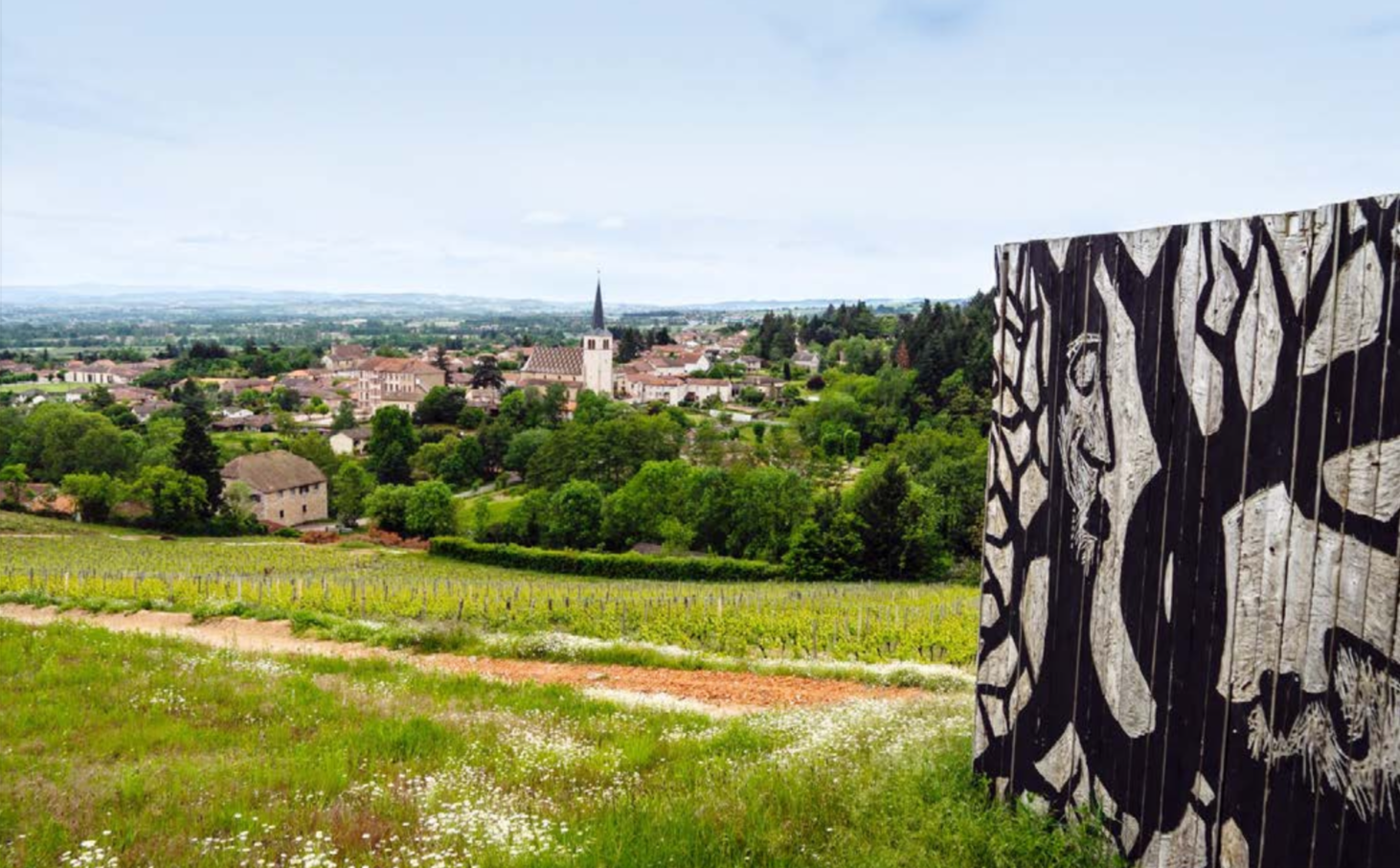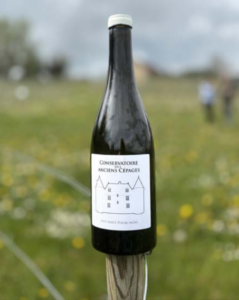Discover Loire Volcanique: a revival of volcanic wines
In Saint-Pourçain, Tressallier shines bright

In the heart of France, at the foot of the Massif Central, human communities have been dedicated to vine cultivation for centuries—an activity that has experienced alternating phases over the course of history. This ancient volcanic mountain range shapes the landscape with its gentle peaks, high plateaus, and the extinct craters of the Chaîne des Puys, now a UNESCO World Heritage Site.
The Massif Central is a land of extraordinary natural diversity: from the deep gorges of the Gorges du Tarn to volcanic lakes like Lac Pavin, and emblematic mountains such as the Puy de Dôme and the Plomb du Cantal. Some of France’s most important rivers—the Loire, the Allier, and the Dordogne—are born here, shaping the territory and enriching its fertile soils.
This region boasts an ancient agricultural tradition, rooted in sheep and cattle farming and the production of renowned cheeses such as Bleu d’Auvergne, Cantal, and Saint-Nectaire. Alongside these culinary treasures, viticulture is today reclaiming its space and importance, thanks to the efforts of a new generation of winemakers united under the Loire Volcanique association, which brings together 46 producers across four areas: Auvergne, Forez, Roannais, and Saint-Pourçain. These zones are home to several AOCs: Saint-Pourçain (around 600 hectares), Côte Roannaise (215 hectares), Côtes du Forez (150 hectares), and Côtes d’Auvergne (1,350 hectares).
The aim is to promote, through a collective brand, this virtuous and passionate viticulture, capable of expressing the uniqueness of the various volcanic terroirs. This journey of rebirth, which also emerged as a response to the challenges of the pandemic, is now entering international markets as a novelty rich in history and authenticity. The origins of vine cultivation in Auvergne date back to Roman times, with a golden age during the Middle Ages when Dutch merchants helped spread its fame. Phylloxera, wars, and geopolitical crises then led to a long decline, but today, thanks to winemakers trained in oenology and agronomy schools, a revival is underway—one based on sustainable, organic, and biodynamic practices.
Although production still focuses primarily on red and rosé wines made from Gamay (covering about 80% of the vineyard area), it is the white wines that are drawing increasing interest. The true protagonist is Tressallier, an indigenous grape grown mainly within the Saint-Pourçain AOC, officially recognized in 2009. Tressallier stands out for its marked freshness and lively aromatics, with notes reminiscent of Viognier, though with a more delicate and mineral-driven flavor profile.
Tressallier boasts one of the oldest histories in French winemaking. The wines of Saint-Pourçain were already appreciated in the Middle Ages by Saint Louis, King of France, the Popes of Avignon, and the Bourbon dynasty, which organized the first national wine competition here, remembered as the “Battle of the Wines.” While the Bourbonnais vineyards once extended over more than 8,000 hectares, today they cover around 640 hectares, shaped by a continental climate and soils rich in sandy clays, granites, and limestone.
From a genetic standpoint, Tressallier is identical to Sacy, an ancient variety from Yonne in Burgundy. Its name may derive from the Latin “trans Alligerim” (beyond the Allier) or from “trésaille,” the traditional trellis training system. Like Chardonnay, it descends from a cross between Pinot and Gouais Blanc, a genetic link that explains the tradition of vinifying the two grapes together.
Tressallier wines are delicate, with moderate acidity, subtle citrus notes, and an elegant minerality that gently recalls the finest Chablis. While it was traditionally blended with Chardonnay, today there is a growing focus on single-varietal bottlings. The best expressions avoid new oak and malolactic fermentation, favoring stainless steel, amphorae, or large neutral casks to preserve the grape’s freshness and authenticity.

The historical soul of Saint-Pourçain finds its symbol in the Clos of the Château de Chareil-Cintrat, where seven parcels over one hectare make up the Conservatoire des Anciens Cépages, a vineyard-museum established in 1996 to preserve ancient grape varieties such as Saint-Pierre-Doré, Meslier-Saint-François, Melon, Romorantin, Aligoté, Pinot Gris, Chardonnay, Sauvignon, Pinot Noir, Gamay, and of course, Tressallier. On these steep slopes, still cultivated by hand and with the help of horses, an extraordinary wine is born from a blend of twelve historic varieties, grown on the granite hills beside the Château de Chareil: a living link to the region’s pre-phylloxera past.
Completing this unique landscape stands the legendary Tronçais Forest, planted by Colbert under the reign of Louis XIV, famous for its centuries-old oaks, still used today to craft barrels for the great wines of France and the world.
